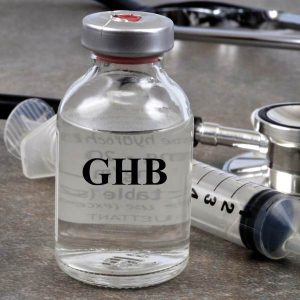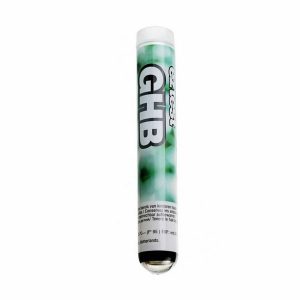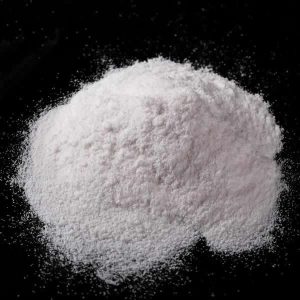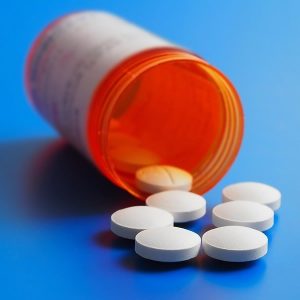Scientific Reports on GHB
December 28, 2020
For the thirty years prior to 1990, the scientific papers on GHB were unanimous in reporting numerous beneficial physiological effects and the absence of long-term negative effects. In 1964, Laborit listed “very low toxicity” as one of the “principle elements” of the compound’s pharmacology. In a 1969 report on GHB’s anesthetic uses, Vickers referred to GHB as “a truly nontoxic hypnotic” and repeatedly emphasized its “lack of toxicity.” Vickers cited evidence that GHB demonstrates “no toxic effects on the liver and kidney.” In 1972, Laborit described the body’s metabolism of GHB and stressed “the absence of any need of detoxification by the organism.” As recently as 1989, this scientific consensus on GHB’s benign nature remained unchanged. Gallimberti’s study from that year on its uses in treating alcohol withdrawal in humans notes that “GHB’s action …seems to be without serious side effects.” His almost off-hand reference to the “safety of GHB” shows how well-established this property of the nutrient had become. Then, on November 8th, 1990, the FDA banned the over-the-counter sale of GHB in the United States. In 1991, two scientists from the California Department of Health Services wrote a report on ten “poisonings” associated with GHB. The authors, Chin and Kreutzer, warned of GHB’s “tremendous potential for abuse.” They observed that “all interviewed patients reported a pleasurable sensation or a `high.’ Several of them…continued taking [GHB] because it made them `feel good’.” Apparently, the authors construed feeling good in and of itself as a potential threat to public health. Despite such dire language, the report acknowledged that “there are no documented reports of long-term [detrimental] effects. Nor is there any evidence for physiologic addiction.”
Of the ten “poisonings” reported, four involved “unknown doses,” four featured the “coingestion” of other drugs, (usually alcohol), one involved unmedicated epilepsy, and another a history of grand mal seizures. Since alcohol and other central nervous system (CNS) depressants are not recommended with GHB, and because GHB is contraindicated for epileptics, such cases are not unexpected. Chin and Kreutzer acknowledge that the “more severe reactions…generally occurred when patients took an unmeasured dose, a particularly large dose, or several doses within a short period of time.” Such problems are easily avoided by following the directions for GHB’s use. Although the specific clinical details of these ten cases are too lengthy to go into here, one point needs addressing–the use of the terms “coma” and “seizures” in descriptions of these cases. At a sufficiently high dose, GHB can cause CLONUS, a rapid, rhythmic contraction and relaxation of muscles which would be better described as muscle spasm or uncontrollable twitching than a seizure. GHB can also cause intense drowsiness, abrupt sedation, and deep sleep which is probably better described as unarrousability or deep sedation than coma. Vickers [1969] described it as a “nontoxic coma,” which blunts some of the inflammatory connotations of the term coma. Regardless of their alarmist tone, the authors confirm that “there have not been any reported deaths” and that “if product use is discontinued, full recovery with no long-term side effects is universal.”
They concluded that “the prognosis for people who experience GHB poisoning is quite good.” The degree to which the pleasant state of GHB euphoria may be psychologically addicting may not be fully appreciated. Anybody with known attraction or addiction to tranquilizers or alcohol should pay special heed to this possibility. In the few cases of GHB abuse that we have investigated, there were pre-existing use/abuse patterns with alcohol and/or tranquilizers. Ironically, it was GHB’s lack of toxicity that led to increased frequency of use (numerous times per day) that characterized what can only be called classic cases of psychological addiction. Without the dehydration and CNS irritation of alcohol, or the side effects of tranquilizers, there was no incentive to moderate or curtail GHB use. Fortunately, few people seem to have such overwhelming attraction to the GHB state. Even Chin and Kreutzer minimize GHB’s abuse potential by stating, “No investigator [has] reported any long-term adverse effects, addictive or dependent qualities associated with discontinued usage of the drug.”



